One common issue that many wig beginners face is wig shedding. Shedding can be frustrating, but with the right care and preventive measures, you can keep your wig looking flawless for longer. In this blog post, we will explore some effective tips on how to prevent your wig from shedding.
Why is Your Human Hair Wigs Shedding?
New Wig
Occasionally, in the process of wig manufacturing, some stray hairs may remain. As you unpack your unit at home, you might observe a noticeable amount of shedding. This shedding is typically expected to occur for the first week. If shedding persists beyond this timeframe, it could be indicative of another issue.
Handle the Wig Too Roughly
When you handle your wig roughly and tug at it, it can cause the hair to shed.
Combing the Wig from Ends to Roots
Instead of combing from roots to ends, some people make the mistake of combing from ends to roots. This can lead to hair breakage and shedding.
Bleached knots
The lace base of lace wig is particularly delicate, especially HD lace wigs, featuring individual hairs meticulously hand-tied to the lace foundation. When these knots undergo the bleaching process, they become more fragile, leading to hair shedding.
Brushing a Wet Wig
Whether it's from a shower or a swim, exposure to water can cause the base of the wig to swell, weakening the attachment site where the wig hair is affixed to the base. This can result in reduced gripping power and ultimately lead to more shedding than usual.
Applying Heavy Oily or Greasy Products
Using heavy or greasy products on your wig can create residue that coats the hair strands, causing them to tangle and shed.
Excessive Heat
Excessive heat, whether from styling tools or direct sunlight, can damage the hair fibers and lead to shedding.
Sleeping in Your Wig
Sleeping with your wig on, especially if you frequently toss and turn, can generate friction between the wig and the pillow. This friction has the potential to damage the hair cuticle, the protective outer layer of the hair fiber, resulting in breakage and increased hair shedding. If the wig has long hair, there's also the risk of unintentional tugging, leading to potential hair loss.
Natural Lifespan
Wigs have a natural lifespan, typically lasting between six months to a year. After that time frame, shedding may occur as the wig reaches the end of its lifespan.
How to Prevent Wig from Shedding?
Handle with Care
Be gentle when combing or brushing your wig. Avoid rough movements or pulling too hard on the hair strands, as this can cause shedding.
Start Combing from Roots to Ends
Instead of combing from ends to roots, start at the roots and work your way down to the ends. This helps to detangle the hair without causing breakage.
Avoid Heavy Oily or Greasy Products
These types of products can create residue that coats the hair strands, leading to tangling and shedding. Opt for lightweight and non-greasy products specifically designed for wigs.
Minimize Heat Exposure
Excessive heat from styling tools or direct sunlight can damage the hair fibers and cause shedding. Use heat protectant sprays and avoid using high temperatures when styling your wig.
Protect During Sleep
If you sleep in your wig, use a satin bonnet or headscarf to protect it. This helps to minimize friction and reduce shedding.
Sun Protection Measures
If you spend extended periods outdoors, make an effort to minimize sun exposure on your wig. Consider wearing a hat along with your wig as an added protective measure. Additionally, investing in UV-reducing or UV-free lighting options is a smart choice.
Opt for High-Quality Wigs
Before making a wig purchase, always check customer reviews. Whether on the website, through Google, or via Tiktok videos, seek reviews on the brand or specific wig to ensure you choose a high-quality product.
Use Knot Sealer
Consider applying a knot sealer to your wig. This spray product, typically housed in a small bottle, is designed to seal knots securely. Apply it to the lace or mesh when the wig is turned inside out, reinforcing the attachment site. After drying, flip the wig back and wear it. Use this product after each wash, ensuring it dries thoroughly before wearing your wig. This routine helps minimize shedding and maintains the fullness of your wig.
Fray Check
If your wig has lace or wefts, consider using a fray check product. Apply a small amount to the lace or ends to prevent tangling and shedding.
Regularly Brush Your Wig
Brush your wig daily to keep it tangle-free. Start at the ends and work your way up, paying extra attention to the hair at the nape of the neck, as it tends to be a trouble area.
Wash and Care For Your Wig Properly
Wash your wig once every two weeks using a gentle shampoo and conditioner specifically made for wigs. In between washes, you can use a dry shampoo to absorb excess oils, but don't rely on it as a sole cleansing method.
Conclusion
By incorporating these tips into your wig care routine, you can significantly reduce shedding and keep your wig looking beautiful and natural. Remember that proper maintenance and a gentle touch go a long way in preserving the quality and longevity of your wig.














